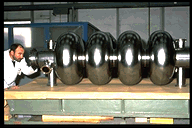
| Charged particles receive the energy needed to reach a speed close to that of light from sophisticated accelerating cavities like the one illustrated here. These cavities store up electrical energy, transferring a small amount to the particles each time they pass. They act like a short section of linear accelerator. |
| Magnets called dipoles are used to keep the particles moving in a circle. Each time more energy is pumped into the particles, the magnetic field has to be increased to prevent them from skidding off the ring. |
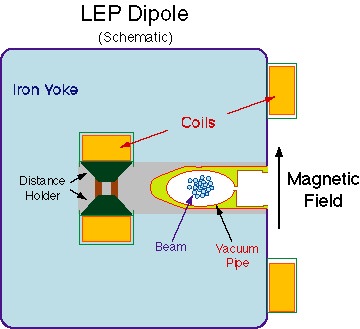
|
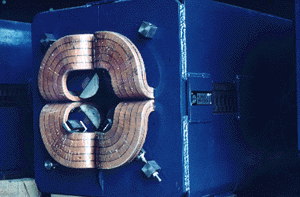
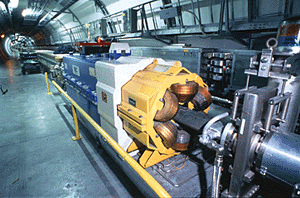
| In particle accelerators, to ensure that particles are not lost by colliding with molecules of air, they travel inside a pipe, from which all the air has been removed. Vacuum pumps all around the ring ensure that there is even less matter inside the beam pipe than there is in outer space. |
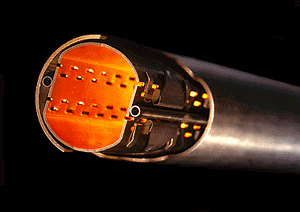
|